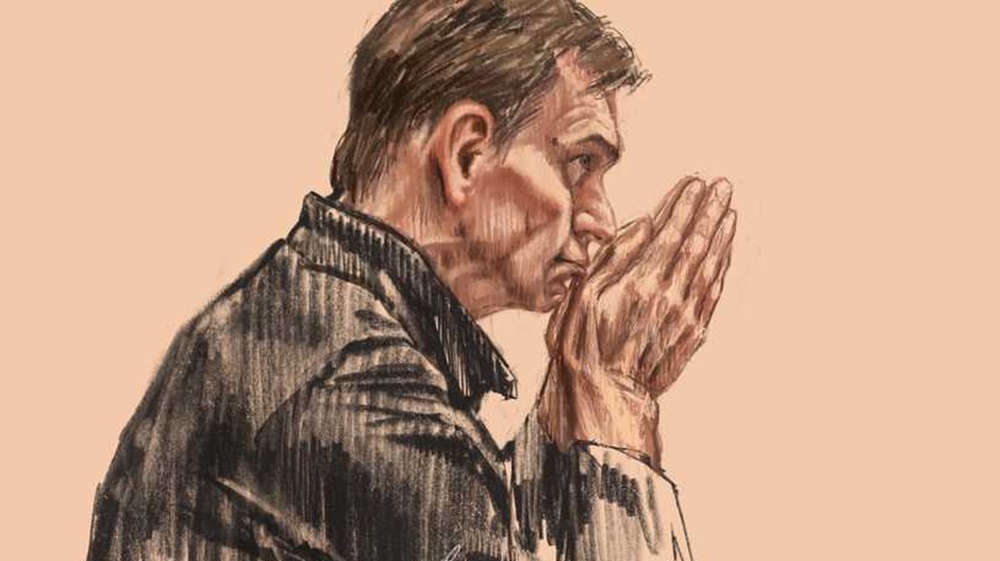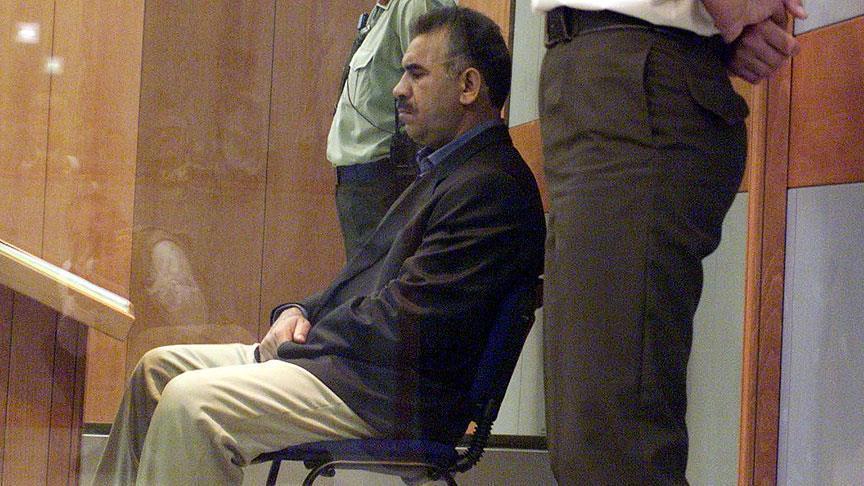
The angry look that Willem Holleeder threw at Van der Bijl will have done him little more. Nor Holleeder’s curse “piss bin”, when he disappeared in the corridor to the cell block.
The sentence to life for, among other things, five murders and a manslaughter will have been a cold shower for him. During the last day of the hearing in January, Holleeder complimented the court extensively. He had doubted whether he would appeal, said De Neus. But he was glad he did. “I can’t believe how you read everything. Even what I hadn’t read yet. I am happy about that.”
There was nothing left of that joy on Friday. While the court progressed with the verdict, deeming one accusation after another proven, Holleeder took turns slumping forward on the table, leaning back in his chair and running his hands through his thinning hair.
Willem Holleeder case
According to the court, it has been proven that Willem Holleeder provoked the murders of Thomas van der Bijl, Kees Houtman, his brother-in-law Cor van Hout, real estate man Willem Endstra and criminal John Mieremet. He was also found guilty of the manslaughter on Robert ter Haak, who stood next to Cor van Hout during the attack, and the serious assault on David Denneboom, who was hit in the knee during the attack on Endstra. That all happened between 2002 and 2006.
According to the court, Holleeder belonged to a criminal organization that had life and death at its disposal. “He made terrible choices. Sometimes as the final chord of a period of extortion. He was friends with three victims, Willem Endstra, Cor van Hout and John Mieremet. A friendship that they had to pay with death,” according to the court.
The evidence against Holleeder is mainly based on statements from witnesses, to whom he sometimes did not mince his words. For example, the court attached great importance to the statements of sisters Sonja and Astrid, who turned against their brother and secretly recorded conversations with him. According to the court, it has not been shown in any way that they had a financial interest in taxing him. Nor is their memory and interpretation of events colored by psychological problems.
Much supporting evidence has been found for the allegations of the sisters, the court says. He threatened his sister Sonja several times, but he also announced to her who would “go next”. The court: “He didn’t just say something, but refers to what he really did, or what actually happened shortly afterwards.”
Lawyer Sander Janssen said afterwards that he was “very disappointed”. Holleeder himself is, according to him, “still combative, remarkably enough.” The lawyer noticed that the court always concluded that Holleeder gave the murder orders together with others. Janssen: “The behavior of others is wrongly linked to him.” The defense says it will study the 500-page judgment carefully, but the course to the Supreme Court is certain.
What does the Supreme Court do?
Willem Holleeder goes to the Supreme Court to challenge his conviction. The highest court no longer deals with the substance of the case, but assesses whether the lower court has applied the law correctly and whether procedures have been followed correctly.
If the answer to those questions is ‘yes’, then a verdict is final and the suspect is irrevocably convicted.
If the answer is ‘no’, the Supreme Court will usually refer a case back to another court to hear it again.
Prior to the judgment of the Supreme Court, the Advocate General gives an independent advice. That is serious, but the highest judge is free to ignore it.



